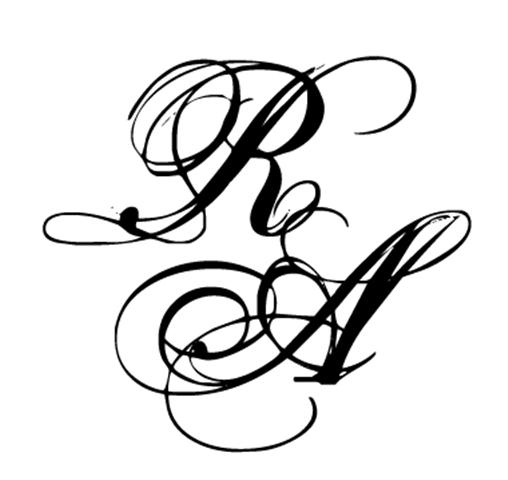A George III collector's cabinet in the manner of John Linnell POA
A George III collector's cabinet in the manner of John Linnell POA
A handsome flame mahogany collector’s cabinet, c.1800, the moulded rectangular top above a pair of oval and shaped panelled cupboard doors, the inset veneers being within raised borders of ‘woven’ boxwood and ebony veneered and with strung inlay - matched by the oval and shaped panelled sides. The whole enclosing eight full-width drawers, the upper two drawers shallow and lined in the original plush velvet, now worn, with six deep baize lined drawers beneath, all with small cast brass axe head drop handles, the whole on shaped bracket feet. Runners on the inside of both doors enable the drawers to be extended to their full depth.
The cabinet is possibly after a design by John Linnell (1729-96). The use of flamed mahogany incorporating the oval panels ally it to the design of an 18th Century George III period mahogany and satinwood map cabinet from Castle Howard. An important and more decorative piece, the lower doors of the latter have a large circular panel of satinwood within quartered mahogany veneers relating to a design by John Linnell in the V & A collection, dated to around 1765. (Sotheby’s contents sale, Castle Howard, November 1991, lots 115 and 116)
Size: 41.75 inches (106cm) high; 33 inches )(84cm) wide; 19.5 inches (49.5cm) deep
Provenance: The cabinet was sold, described as a specimen cabinet, by R A Lee of 1-9 Bruton Place in 1967 to a private client in Italy. R A Lee, were a well respected and knowledgeable dealership specialising in clocks, English furniture and works of art. The company merged into Asprey & Co in the 1990s.
England, circa 1770
Size: 41.75 inches (106 cm) high; 33 inches (84 cm) wide; 19.5 inches (49.5 cm) deep
Provenance: Ronald A. Lee; Private Collection, Milan
Stock number: VT20462
🔶 On Consignment
The royal and aristocratic vogue for collecting has an ancient pedigree – cabinets of curiosities and specimen cabinets were made in Europe from the 17th Century onwards. And the early cabinets in themselves were real works of art, mounted on a carved and gilded stand and often decorated with extravagant inlay, marquetry and pietre dure. Assembling natural history specimens, antiquities, and manmade wonders for private contemplation and to stimulate speculation about the universe. Antiquities, curious stones, fossils, unicorn horns … In England from the mid17th Century onwards, such curiosities combined with natural history specimens as apothecaries and botanists joined the ranks of collectors. The botanist and gardener John Tradescant (1577-1638) formed such a collection in London which later passed to Elias Ashmole in Oxford going on to form the basis of the Ashmolean Museum; and in Norwich, the physician and essayist Thomas Browne (1605-82) had gardens filled with exotic plants and a library of books and manuscripts in many languages alongside his cabinet of curiosities. Hans Sloane’s extraordinary and vast collection formed a museum which he opened to the public in the 1740s “ shews us ye great beauty of all parts of the creation” Frederick Louis, Prince of Wales after a visit there in1748. The Sloane Collection was left to the nation and subsequently became known as the British Museum 1759, the shells and other natural history items going to the Natural History Museum.
This pattern of collecting in which objects of virtue and antiquities were regarded of equal attention flourished well into the 18th Century, given further impetus by the precious and interesting items aristocratic young men brought back from their Grand Tour: mounted rock crystal, enamelled gold, carved intaglios, ancient coins and bronzes, Meissen porcelain displayed alongside numerous examples of decorative shells, corals, and mineral specimens. The specimen and collector’s cabinets of the 18th Century very much reflect the neo classical furniture designs of the period
Collectors cabinets were still important in the 19th Century and into the Edwardian period, the post Darwin emphasis perhaps more on natural history and giving precedence to items such as examples of British minerals, beetles, butterflies, birds’ eggs, and sea shells.











